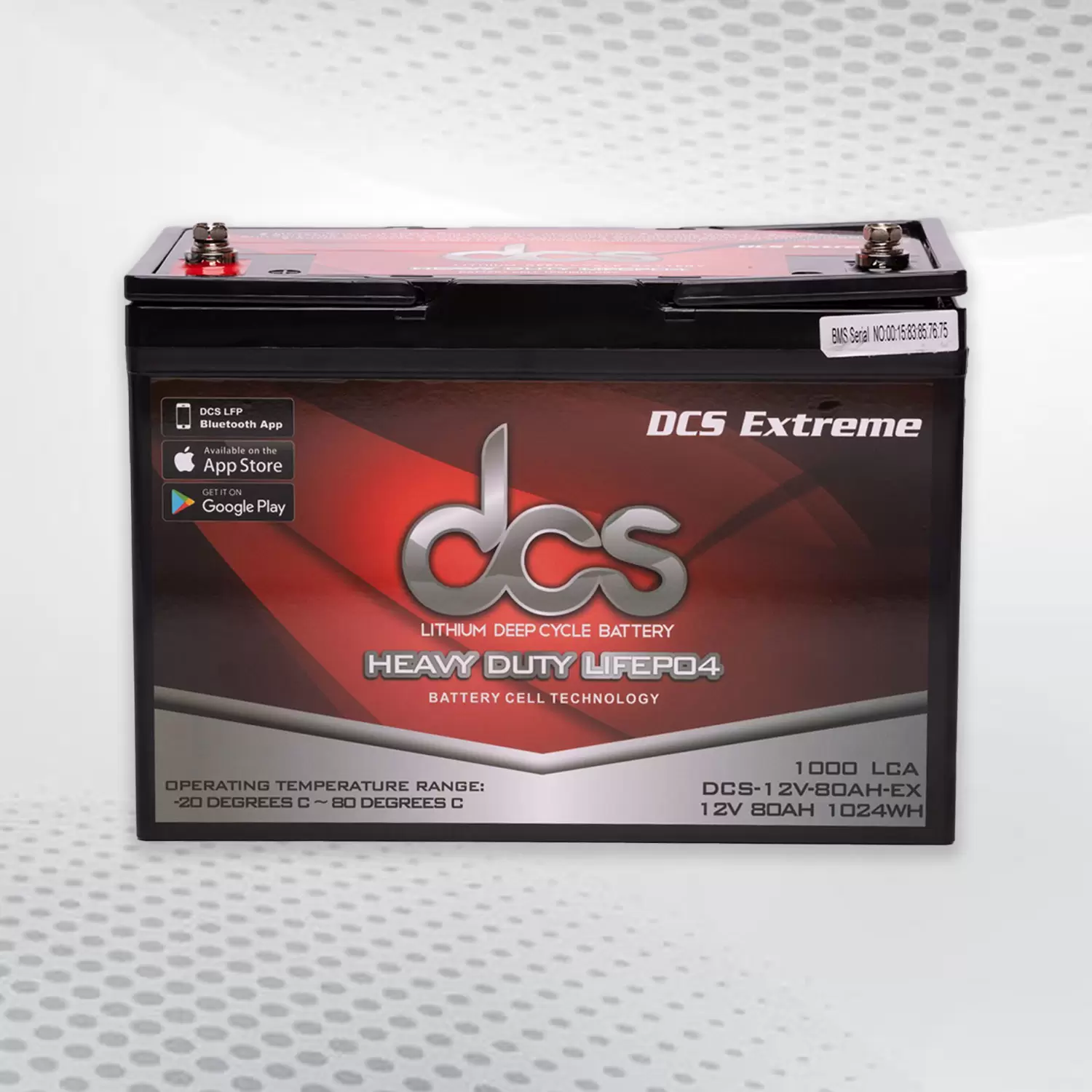Every car owner knows the importance of keeping their vehicle in top shape. However, some components might need more attention. One such unsung hero is the overflow tank. This small but mighty part plays a crucial role in your Overflow Tank cooling system, helping to maintain optimal engine temperature and prevent costly damage.
What Is An Overflow Tank?
An overflow tank, also known as a coolant reservoir, is essential to your car’s cooling system. It stores excess coolant that expands from the engine when it heats up, preventing pressure build-up and potential damage to other system components.
The overflow tank, typically made from durable plastic, is connected to the radiator by hoses. Coolant flows into this tank when temperatures rise rather than overflowing onto the ground or causing leaks elsewhere in the system.
When your engine cools down, any liquid pushed out returns to the radiator through a one-way valve. This cycle ensures enough coolant is circulating through your engine for optimal performance.
In many vehicles, this tank is located near or attached to the radiator under the hood. While its function may seem simple, it is vital for maintaining proper operating temperatures and preventing overheating.
Understanding what an overflow tank does can help you address issues before they escalate. Regularly checking its level can keep your car running smoothly and extend its lifespan.
How The Coolant Tank Works In Your Vehicle
The Coolant Tank, the coolant reservoir, is crucial in managing your vehicle’s cooling system. It is designed to hold excess coolant that expands during engine operation. As the engine heats up, the coolant circulates through various components, absorbing heat and preventing overheating.
When the temperature rises, pressure builds within the radiator. This causes some of the coolant to flow into the overflow tank. The tank accommodates this extra fluid, keeping it separate from the main system while ensuring there’s always enough coolant available when needed.
As temperatures drop or when you shut off your vehicle, excess coolant can return to its original source—the radiator—thanks to atmospheric pressure changes. This back-and-forth process helps maintain optimal coolant levels in both systems without causing leaks or damage.
Additionally, most overflow tanks are marked with minimum and maximum level indicators. These markings help you monitor fluid levels easily and ensure everything operates smoothly under normal conditions.
Understanding how this component works can save you headaches down the road. A well-functioning overflow tank prevents issues like overheating or air pockets forming in your cooling system, both of which can lead to serious engine damage if left unaddressed.
The Role Of The Coolant Reservoir Tank In Preventing Coolant Leaks
The Coolant Reservoir Tank is crucial in managing your vehicle’s cooling system. It is a reservoir for excess coolant that expands when your engine heats up. This expansion is vital for maintaining optimal temperatures and preventing overheating.
When the coolant reaches high temperatures, it needs somewhere to go. The overflow tank provides that space, allowing the system to maintain pressure while stabilizing fluid levels. Without this function, you risk experiencing sudden leaks or even catastrophic failures.
If the radiator has excessive pressure without an outlet like an overflow tank, hoses can burst, or seals may fail. These issues lead to unwanted coolant loss and potential damage to other engine components. A properly functioning overflow tank helps mitigate these risks by absorbing fluctuations in coolant volume.
Moreover, if leaks do occur, they are often contained within the tank area rather than spilling onto hot engine parts where they could cause more significant problems. This containment allows for easier detection of issues before they escalate into costly repairs.
Regular inspection of your overflow tank can help identify cracks or wear early on, avoiding inconvenient breakdowns due to unexpected leaks. Keeping it in good shape enhances the overall performance and longevity of your car’s cooling system.
Common Problems With Overflow Tanks And How To Spot Them
Overflow tanks can encounter various issues that may affect your vehicle’s performance. One of the most common problems is cracks or leaks in the tank itself. These can occur due to age, heat exposure, or impact from road debris. Inspecting for visible signs of coolant pooling under your car can help you catch this issue early.
Another frequent concern is a malfunctioning cap on the overflow tank. If the cap doesn’t seal properly, it might lead to pressure loss within the cooling system, resulting in overheating and decreased engine cooling efficiency. Regularly checking whether your cap fits snugly is a simple preventive measure.
Debris buildup inside the overflow tank can also pose problems. Sediments or corrosion particles might hinder proper coolant flow and create blockages over time. When inspecting your tank, checking for any discolouration or foreign material will alert you to potential issues.
Temperature fluctuations signal that something may be wrong with your overflow tank system. If you’re experiencing inconsistent temperature readings while driving, it’s worth examining your overflow tank’s coolant level and condition.
If you notice an unusual smell resembling burnt antifreeze, there may be a significant problem—either with the overflow tank or elsewhere in your cooling system. Address these symptoms promptly to avoid more severe damage down the line.
Why A Functional Overflow Tank Is Essential For Engine Cooling
A functional overflow tank plays a vital role in maintaining engine cooling. It is a reservoir for excess coolant that expands when your engine heats up. Without it, the pressure buildup could lead to severe damage or even complete failure of the cooling system.
When the coolant reaches high temperatures, it expands and needs more space. The overflow tank provides this much-needed space, allowing the excess fluid to escape from the radiator without causing leaks or other issues. This keeps the system balanced and helps maintain optimal operating temperatures.
If your overflow tank isn’t working correctly, you may notice fluctuations in engine temperature. An overheated engine can lead to serious problems like warped heads or blown gaskets, which can be costly and time-consuming to repair.
Additionally, an efficient overflow tank prevents air from entering the cooling system. Air pockets can cause hotspots within the engine, leading to overheating and potential breakdowns on the road.
Regular maintenance of your vehicle’s cooling system ensures that all components work together seamlessly—including the overflow tank—keeping everything running smoothly while preventing unexpected failures during drives.
How To Maintain Your Overflow Tank For Optimal Performance
Regular Inspections for Early Detection
Conduct routine visual checks to identify potential issues such as leaks, cracks, or damage around the tank, hoses, and connections. Early detection helps prevent more significant problems.
Monitoring Coolant Levels
Check the coolant level frequently, using the minimum and maximum markings on the overflow tank as a guide. Persistent low levels may signal a system leak or excessive evaporation due to heat.
Cleaning the Overflow Tank
Periodically clean the overflow tank to remove grime and residue that could affect its functionality. Use warm, soapy water for cleaning, and rinse thoroughly before refilling with fresh coolant.
Using the Correct Coolant
Always top off the tank with the coolant type recommended by your vehicle’s manufacturer. Mixing incompatible coolants can cause chemical reactions that damage the overflow tank and other cooling system components.
Adjusting for Temperature Extremes
Be mindful of seasonal temperature changes that may impact coolant performance. Adjust coolant levels as needed to maintain optimal fluid flow and ensure the system’s efficiency year-round.
Signs That Your Overflow Tank May Need Replacing
An overflow tank is crucial for your vehicle’s cooling system, and knowing when it needs replacing can prevent bigger issues. One of the first signs to watch for is visible damage. Cracks or leaks in the tank’s material indicate it no longer functions effectively.
Another warning sign is inconsistent coolant levels. If you frequently top off the coolant, this inconsistency may indicate a compromised overflow tank. It could be allowing coolant to escape instead of keeping it contained.
Pay attention to unusual smells, too. A sweet odour around your engine bay might suggest leaking coolant, often from an ineffective overflow tank. This smell shouldn’t be ignored; it indicates potential overheating risks.
When you notice steam coming from under the hood while driving, do not take it lightly. Steam signals overheating and points toward possible problems with your cooling system—often linked back to a faulty overflow tank.
Check the fittings connected to your overflow tank for discolouration or corrosion. Any rust or build-up near these connections can indicate trouble ahead and should prompt further inspection of the entire cooling system.
How To Replace An Coolant Overflow Tank In Your Vehicle
With the right approach, replacing an overflow tank in your vehicle can be straightforward. First, ensure you have all the necessary tools on hand: a socket set, screwdrivers, and possibly pliers. To avoid burns, start by allowing your engine to cool completely before working.
Locate the overflow tank under your car’s hood. It’s usually made of plastic and situated near the radiator or coolant reservoir. Once found, examine how it is secured; bolts or clips may be holding it down.
Next, carefully disconnect any hoses attached to the Coolant Overflow Tank. Use pliers if needed, but do so gently to avoid damaging them. Once disconnected, unscrew any fasteners that hold the tank in position and remove it from its mounting area.
Now, position your new overflow tank where the old one was removed. Secure it using screws or clips as necessary, ensuring everything fits snugly without forcing anything into place.
Reattach any hoses you previously disconnected and check for leaks by replacing the system with coolant. Always test drive your vehicle afterwards to ensure everything is functioning correctly.
Conclusion
Understanding the overflow tank is vital for every vehicle owner. It plays a key role in the cooling system, helping to manage excess coolant efficiently. When functioning correctly, your engine remains at an optimal temperature, preventing overheating.
A malfunctioning overflow tank can lead to significant issues. If leaks occur or coolant levels drop unexpectedly, you could face costly repairs. Keeping this component in good shape ensures your car runs smoothly and reliably.
FAQs
What is an overflow tank?
An overflow tank reservoir holds excess coolant in your vehicle’s cooling system. It prevents pressure build-up and allows coolant to expand as it heats up.
Why is the overflow tank important?
The overflow tank plays a critical role in maintaining optimal engine temperatures. It ensures that there’s always enough coolant available, reducing the risk of overheating and potential engine damage.
Can I drive with a broken overflow tank?
It’s not advisable. A malfunctioning overflow tank can lead to overheating issues, which may eventually cause serious damage to your engine.
What maintenance does an overflow tank require?
To ensure proper sealing and performance, regularly check the reservoir’s coolant level, inspect for cracks or leaks, and replace worn-out caps.
| Related Business Listings |
| Contact Directory |
| Local Business Profiles |





